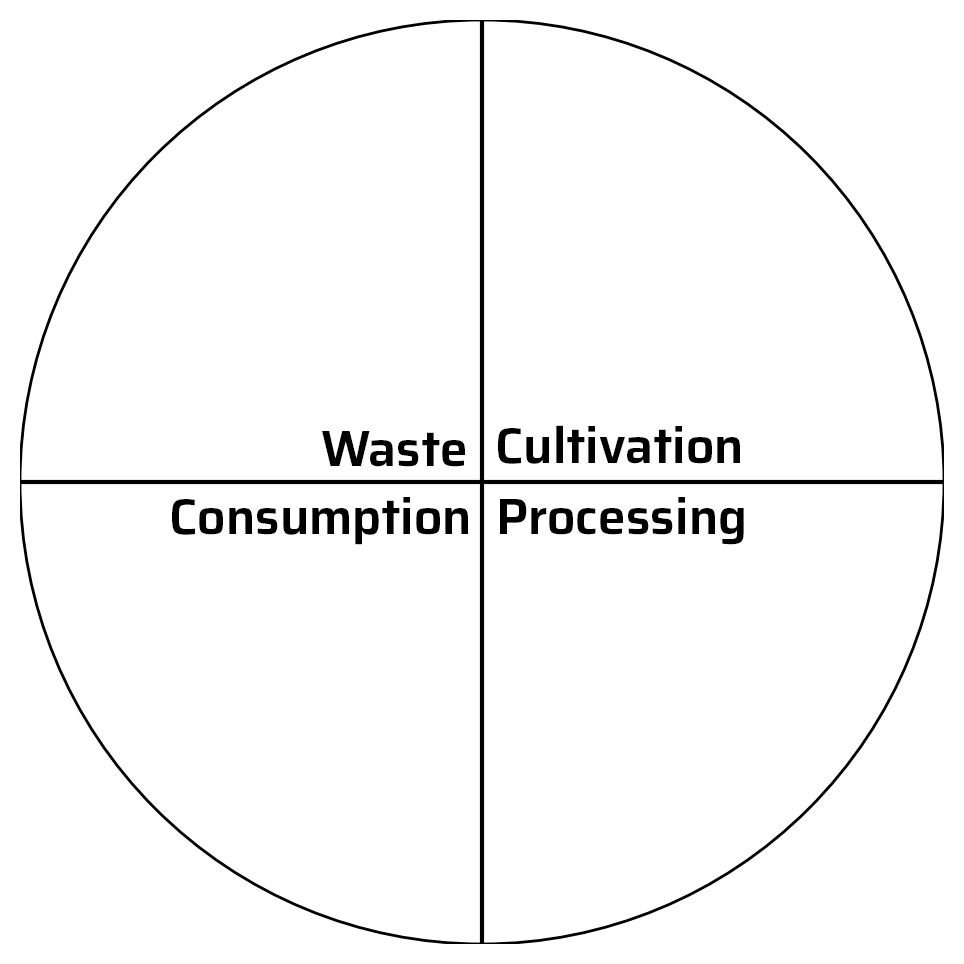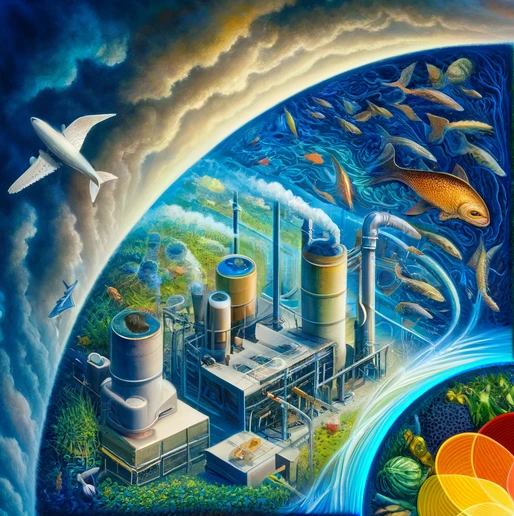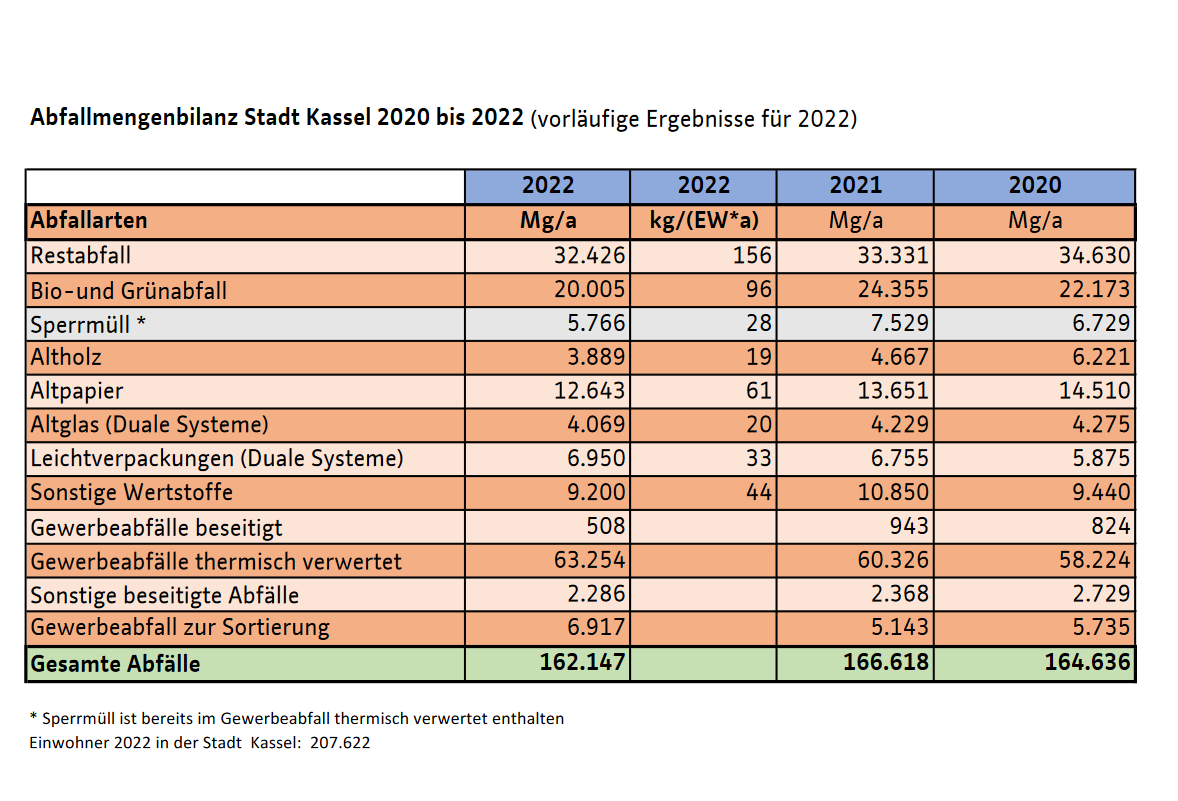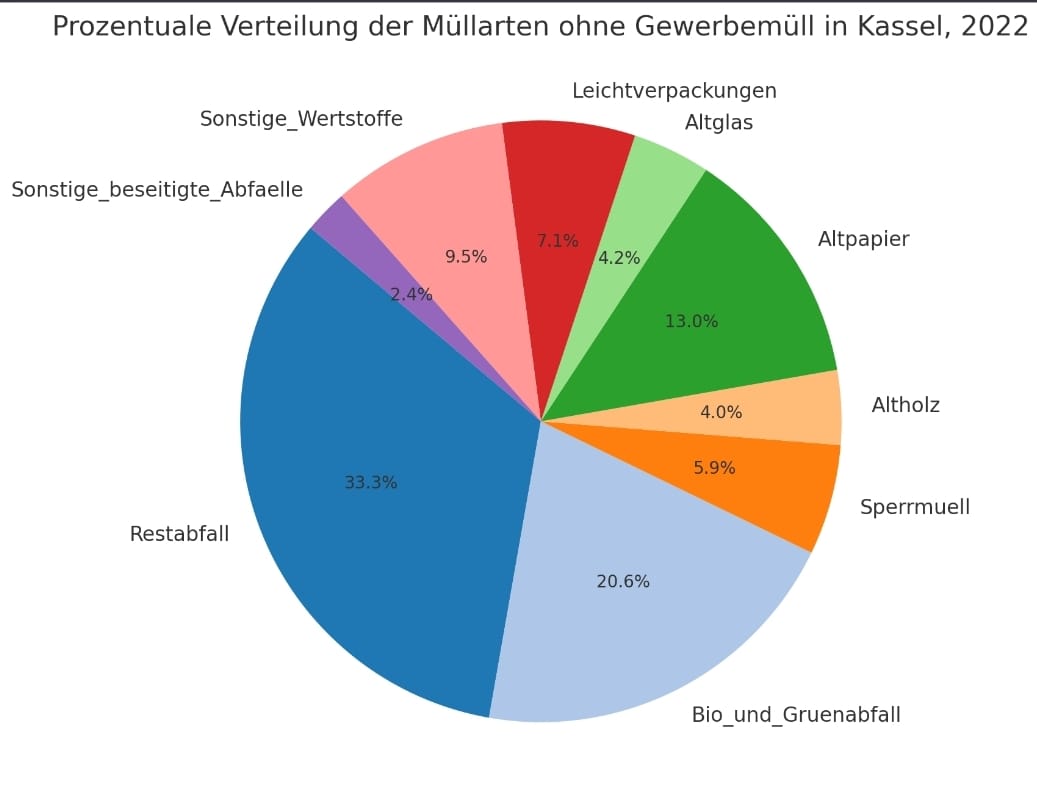Open Source Produce – menus and recipes
Open Source
Produce
served for free
dishes & recipes
André “Cyberhippie” Boeing
organic bites and digital bytes cuisine
In the context of food systems, “produce” refers to fresh, unprocessed fruits and vegetables, as well as other plant- and fungi based foods.
But here comes the narrative trickster. In conventional terms this page would be about open source products of a more digital nature. It is.
The Produce instead of Products Narrative puts a focus on the organic growth and free availability of helpful ingredients in a shared web. Real food and real software to help with the regenerative circular of food systems.
On this page I serve cooked and ready to eat solution menus and the open source recipes to cook them yourself.

the growing menu
Open Source Software Dishes I cook along the way from available ingredients
Starters
cooked after the opening in the January 2024 season
-
WordPress dipped in a lightweight modular front-end framework
0€
Well designed Online Journal to share findings, helpful resources and thoughts during the ktopia food systems expedition
-
Board-Game under a Wild Card salad in vivid salsa
0€
The open source board- and card game for 1-4 players to learn about complex food system aspects in a fun way.
-
0 €alory buffet from fresh catch
0€
the 0€ shop narrative featuring free resources related to food systems – and even free, real food.
-
Nextcloud in seasonal apps hosted on an own server
0€
Open Source Cloud hosted on our own server – a free, open-source alternative to Office 365, Google Workspaces and Meta for Teams… Helps with locked-in clouds for easier digestion.
-
Gamified Social Network webbed in a Tutor LMS
0€
a social network platform with gamification elements combined with a Learning Management Systems empowering all network members to learn & teach food system realated knowledge food.
This one is cooking in the kitchen and you can smell it already….It´s not ready for presentation yet and just needs that final touch….
All of these menus have been created during the first 21 days since launch of ktopia. Rapid development in agile sprints and seeding is key(topia) – empowered by open source solutions and great AI assistance by the Oki Chatty Gippity (brewed by OpenAI). Helps to have a Generative Pre-Trained Transformer assistant in the kitchen 😉 I still do most of the work and the art direction completely! AI models are still very young but impressively helpful for cooking up stuff very fast.
Recipes from the stupid chéf
Q: Why do you share your secrets ? .org pay tons of money for that combo, are you stupid ? Sell it – get rich!
A: To enhance our social capital and cultural soil with nutritious ingredients, knowledge food security has to be freely available as well. The better the soil, the better the ingredients I can then cook other menus with. I call that smart – yet not free of being foolish, of cause, off course. And I don´t want to get poor with so much money.
-
WordPress extended
WordPress dipped in a lightweight modular front-end framework
- a standard WordPress stack on a LAMP
- to get the bast LAMP suitable for non-profit groups, I choosed the Mittwald space server with multi-app and user instances. They just bought 28.000 sqm of land and planted new forests with a tree diversity there. Mit Wald. A passionate Host treating it´s servers so well, you can taste it.
- UIkit as a lightweight and modular front-end framework
- yoothemes pagebuilder to design pages with uikit components in a lego style. Fantastic for rapid development and allows for heavy customization. This one has to be bought for a fair price.
- a bunch of plugins I add later to serve features as their needs appear – see other recipes
-
Board & Card Game
Board-Game under a Wild Card salad in vivid salsa
- Brainwork in the rule book
- Card maker. A self created card template to create new cards with all the layers to edit. Download Krita PSD here
- A free and open-source Image editing software as an alternative to photoshop. Download Krita here
- I used Chat GPT4 > DallE to create the backgrounds with specific style prompts containing the flavors “vivid, surreal”. Free available via Bing Browser etc.
- A reduced 4 quadrant board that came out of reducing complex theory ingredients into just 4 quadrants.
-
0€ Shop
0 €alory buffet from fresh catch
A 0€ shop makes price politics super easy. As well as tax. Or so I thought..
- Extended WordPress with Woocommerce the open-source ecommerce platform
- Since I could not get all the sensitive, private data address, street, full name, phone,etc out of the checkout procedure due to EU law regulations- even just having 0€ products as downloads asked for maximum private data. No plugin worked. Woocommerce own for “just” 90€ – no thanks
- Switched to “Affiliate Products” with External Links. The shop system just serves as directory -a way to shop for 0€ stuff and then get there. Like free food at 14 places in Kassel.
- I connected the Downloads (audiobooks, board+card game print set, books, brochures, etc.) to the next menu and work flow – grateful for the woocommerce checkout pain in the a** to kick me into the better direction. Connecting your files with the open source cloud and laptop sync.
-
Nextcloud Stack
Nextcloud in seasonal apps hosted on an own server
- the Open Source Cloud solution Nextcloud as an on-premise self hosted package on the Mittwald Space Server. Nexcloud is a free alternative to Office365, Google Workspace, Meta Workspace.
You can get it as a hosted solution, too. Saves lots of nerves in the beginning. Setting it up took longer then I hoped for - The integration of the two Online Office Solutions Collabora Office and Only Office were to complicated. I did not want to buy an external solution just for that, the code server did not work plug and play. Finally I simply went for the fantastic rich text editor with distraction free options, online realtime writing even with guests, included in new files, notes, etc.
- The Desktop Clients now syncs my work files and my public folder syncs right to the website for the latest files of the Board and card game. See it in action after clicking the button here.
- the Open Source Cloud solution Nextcloud as an on-premise self hosted package on the Mittwald Space Server. Nexcloud is a free alternative to Office365, Google Workspace, Meta Workspace.
-
Peepso with Tutor LMS
Gamified Social Network webbed in a Tutor LMS
- Extend WordPress with the free social network component Peepso *for just basic functions
- I had the luck to have a tasty full package licence
- Included is the integrator for the Learning Management System Tutor LMS / allowing members of the network to participate in courses or create courses. The free version offers everything for the purpose of this menu.
-
If you like the recipes and have cooked them yourself.
I´d love to hear from you.








































